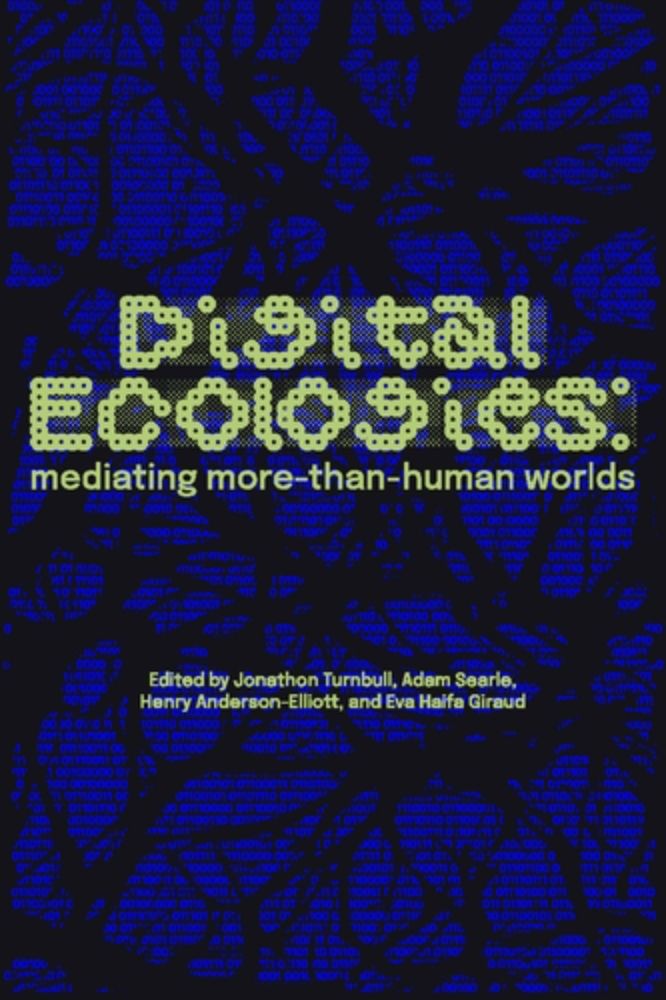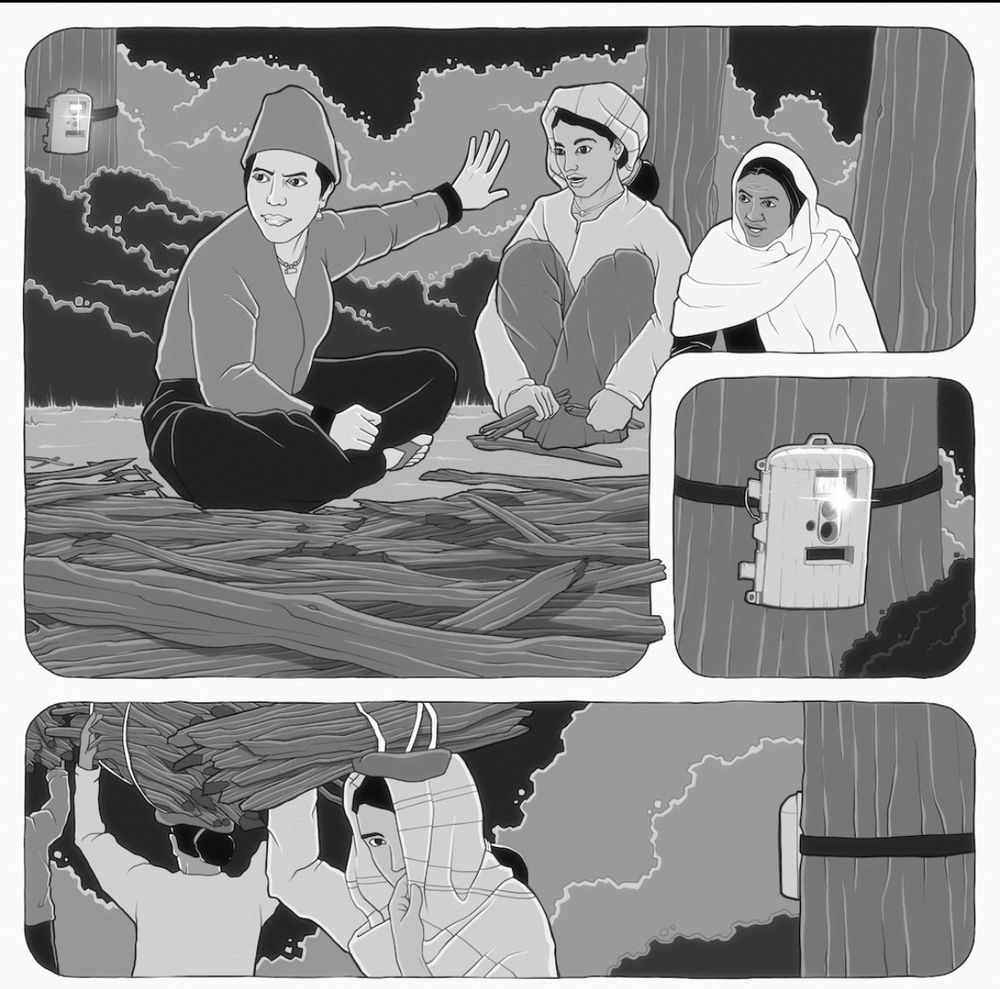Reposted by: Chris Sandbrook, George Holmes
@livwildlab.bsky.social @ethanddoney.bsky.social @vdonfrancesco.bsky.social @hannalp.bsky.social @csandbrook.bsky.social

by Jakub Kronenberg — Reposted by: Chris Sandbrook, Rosaleen Duffy
Take part in a study on #BIRDWATCHING & #BIRDCONSERVATION
Help understand birdwatchers & birdwatching better, use this opportunity for self-reflection about your own birdwatching experience
Link/QR forms.office.com/e/wTCy8ghY9U
pls share
@rspb.bsky.social @bou.org.uk
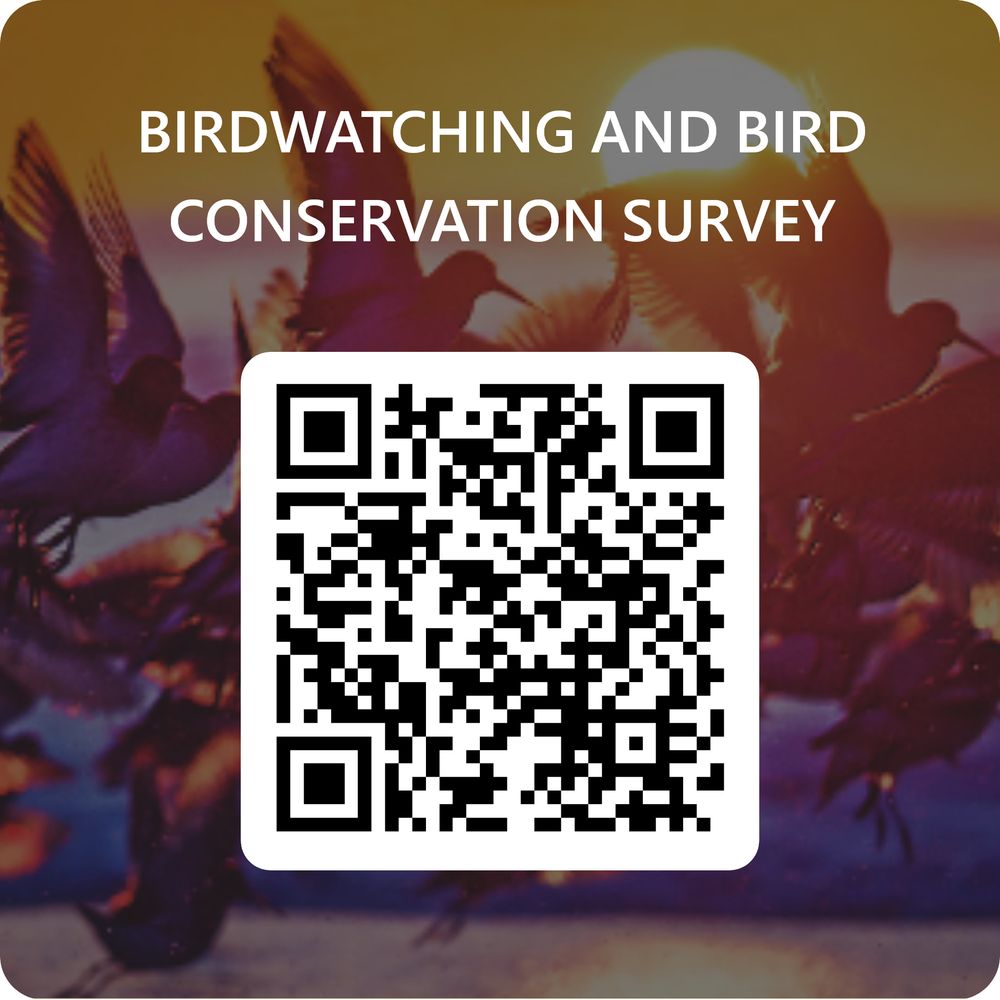
A particular thank you to my parents - Bud and Martin Sandbrook - who were there on the day. It was very special to share the moment with them.
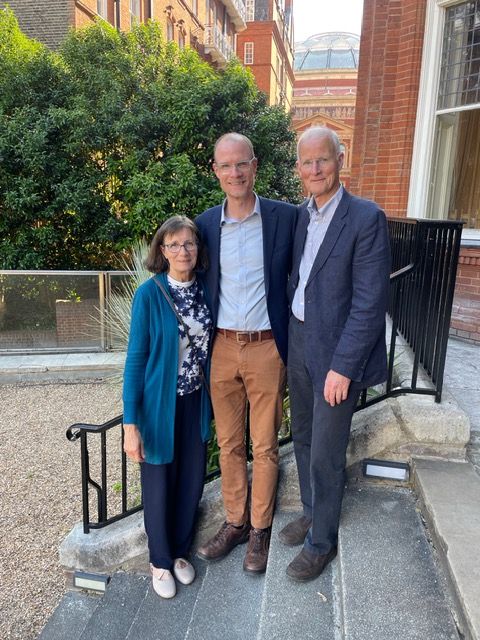
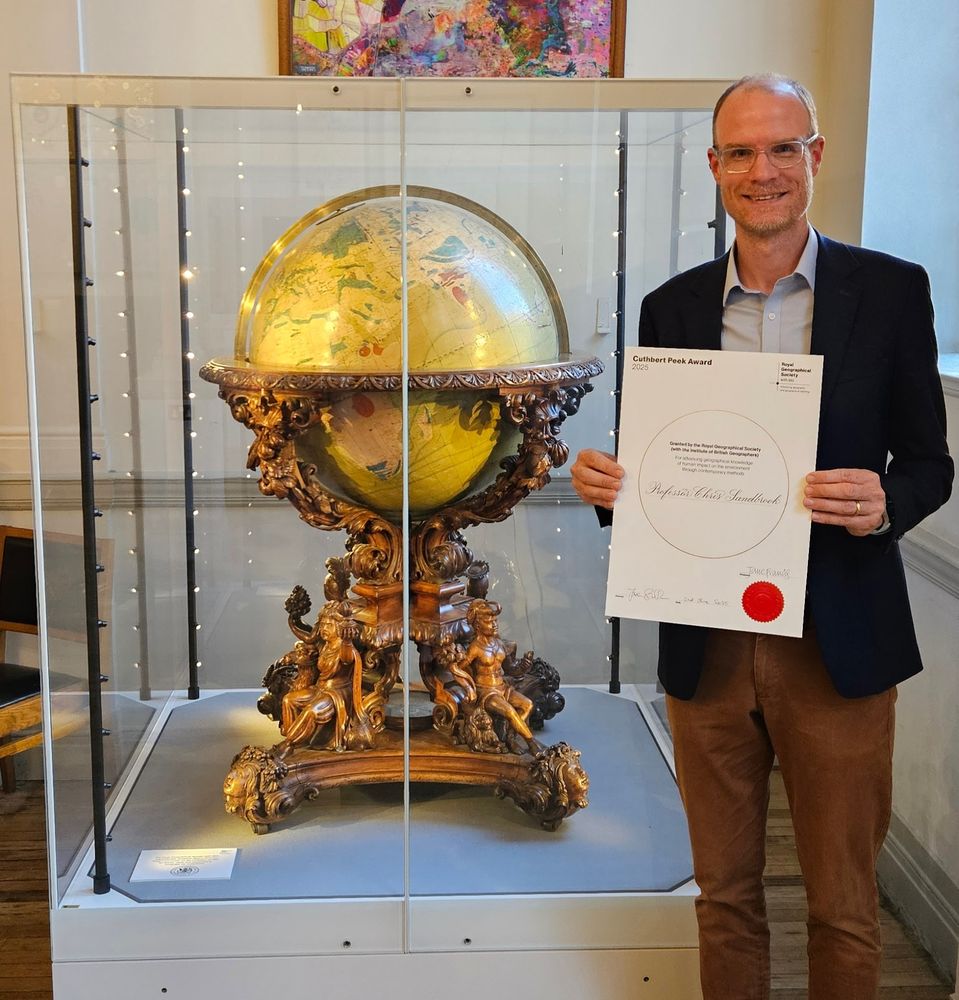
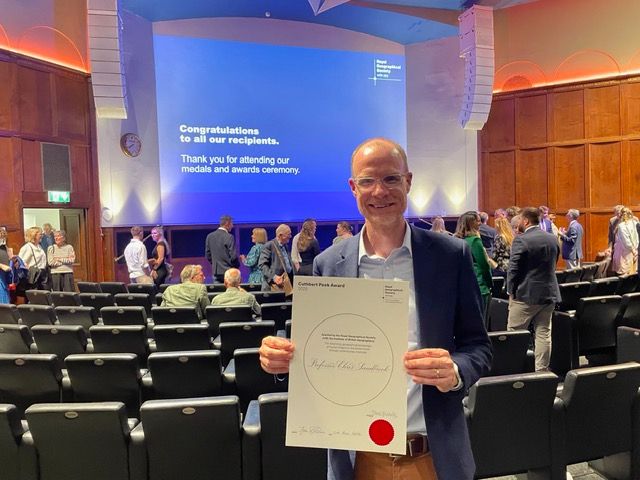
Reposted by: Chris Sandbrook
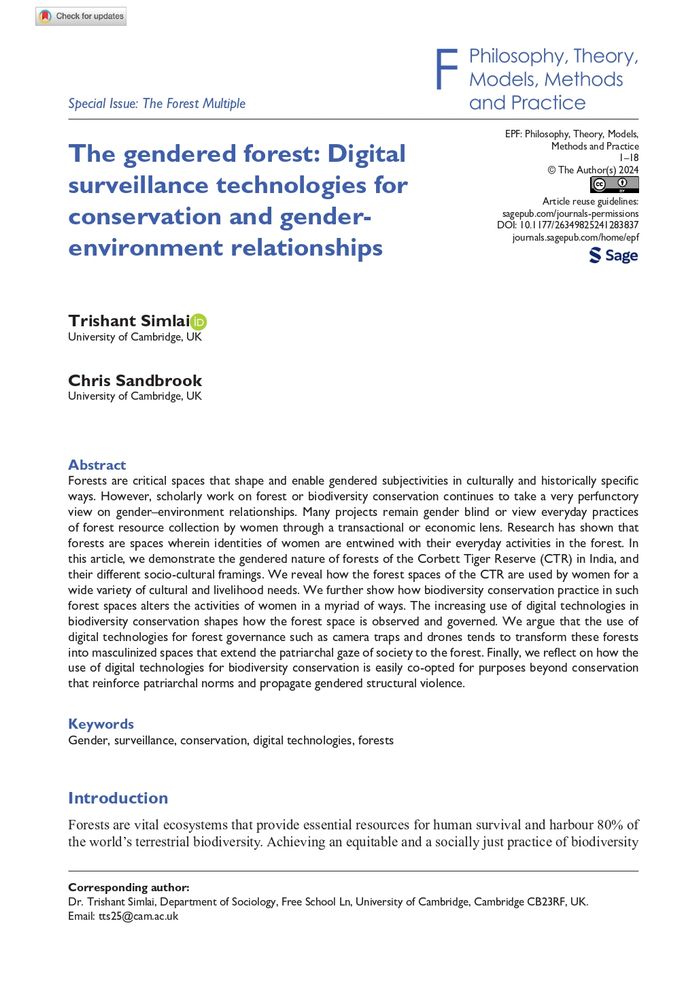
"And I believe
These are the days of lasers in the jungle
Lasers in the jungle somewhere
Staccato signals of constant information
A loose affiliation of millionaires
And billionaires"
Reposted by: Chris Sandbrook
'From biopower to affirmative biopolitics: A (bio)political ecology of becoming with wolves' by @vdonfrancesco.bsky.social & @csandbrook.bsky.social
doi.org/10.1111/tran... #geo #geosky
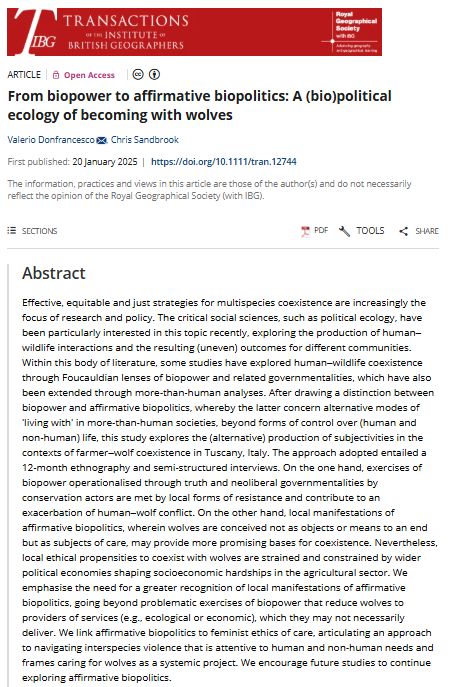
Reposted by: Chris Sandbrook
www.sciencedirect.com/science/arti...
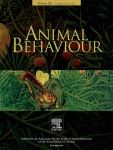
Reposted by: Chris Sandbrook
"From biopower to affirmative biopolitics: A (bio)political ecology of becoming with wolves"
rgs-ibg.onlinelibrary.wiley.com/doi/full/10....
A thread below
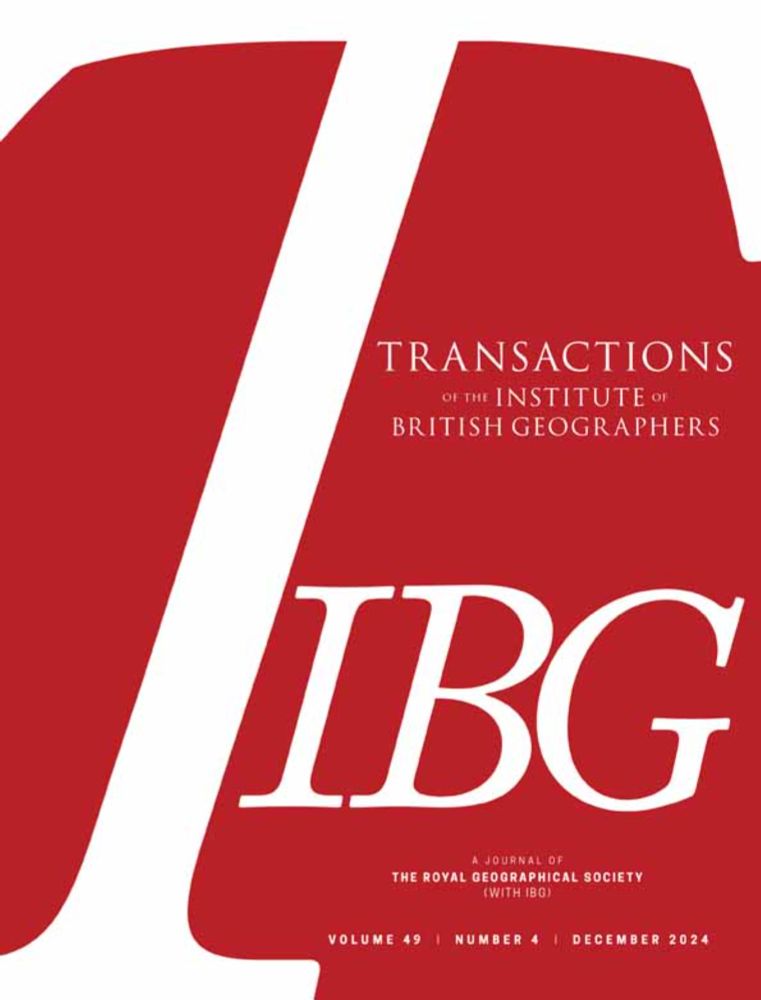
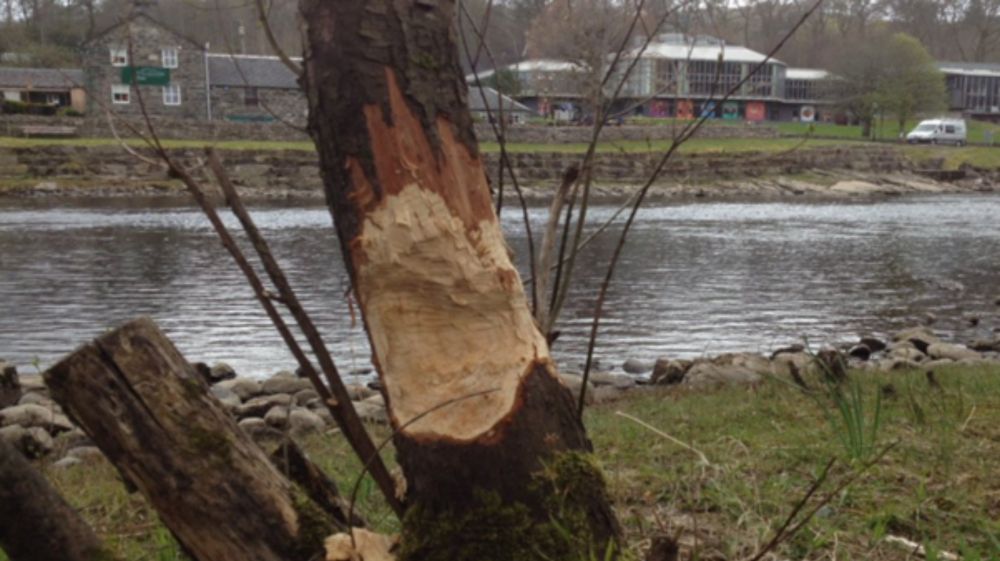
by George Holmes — Reposted by: Chris Sandbrook, Jamie Lorimer
www.linkedin.com/pulse/who-le...

Reposted by: Chris Sandbrook
conbio.onlinelibrary.wiley.com/doi/10.1111/...
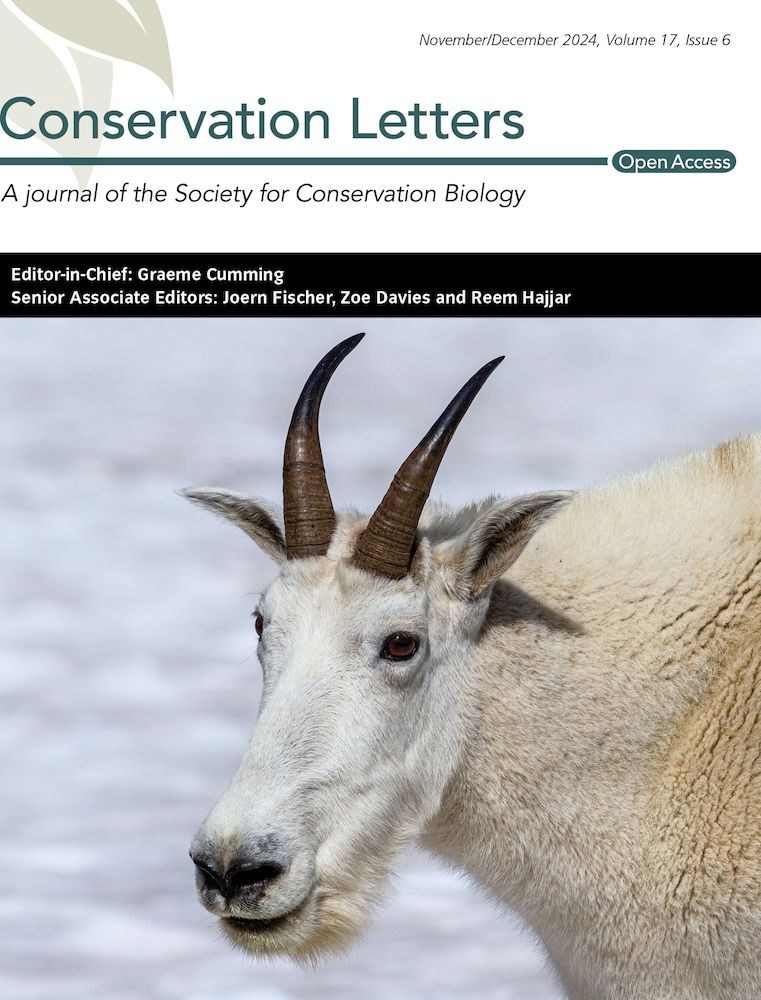
Reposted by: Chris Sandbrook
➡️ Please go to our website www.sccs-cam.org to find out more. SCCS is for early career researchers/conservationists.
✨ ⏰ The window will close on 10th January 2025 at 17:00hrs UK time
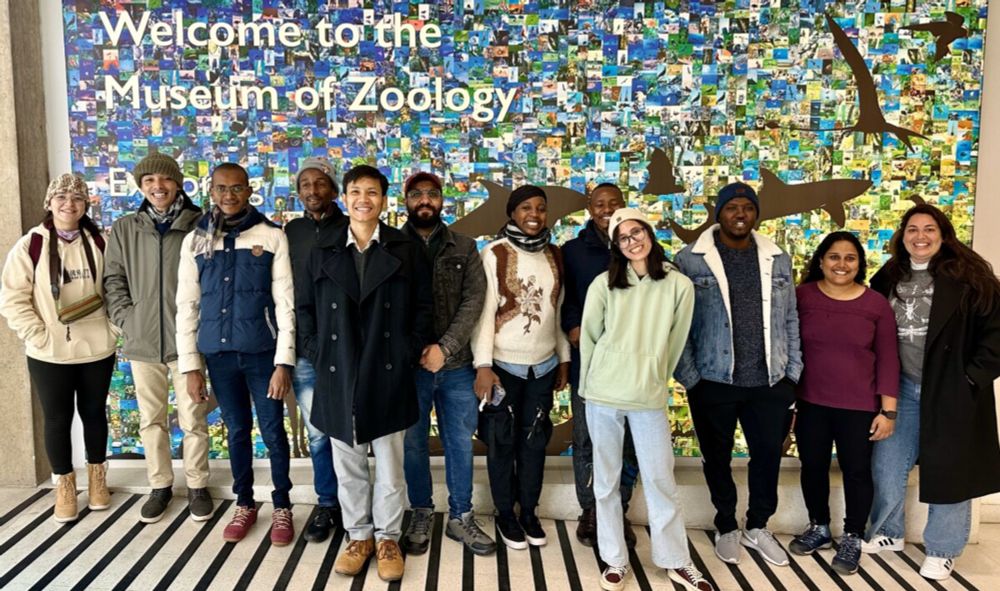
Reposted by: Chris Sandbrook, Jutta Haider
🍃 Eds: @jonnyjjt.bsky.social, @admsrl.bsky.social, Henry Anderson-Elliott & @evahaifa.bsky.social.
🎁 Get yours in time for Christmas!
manchesteruniversitypress.co.uk/9781526170347/ #DigitalEcologies
